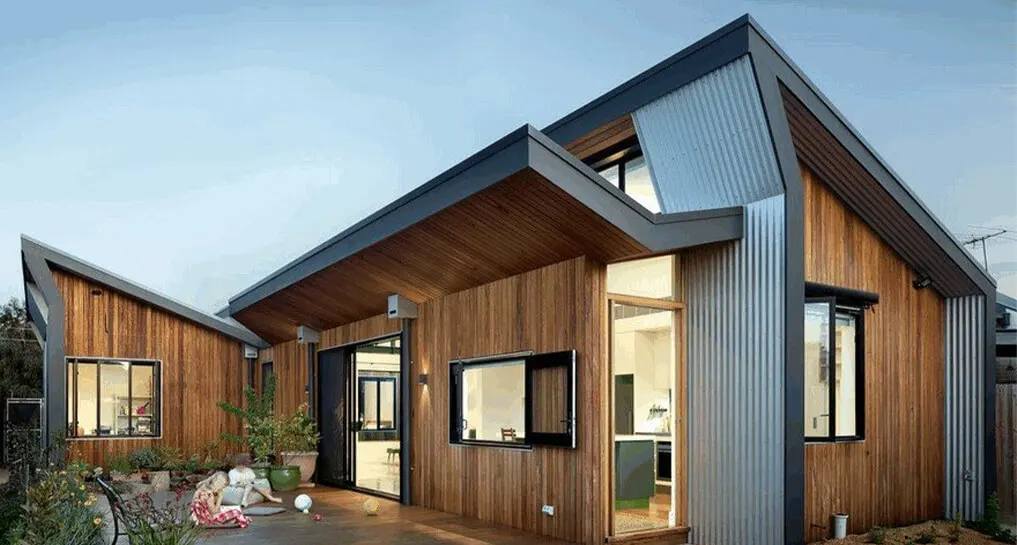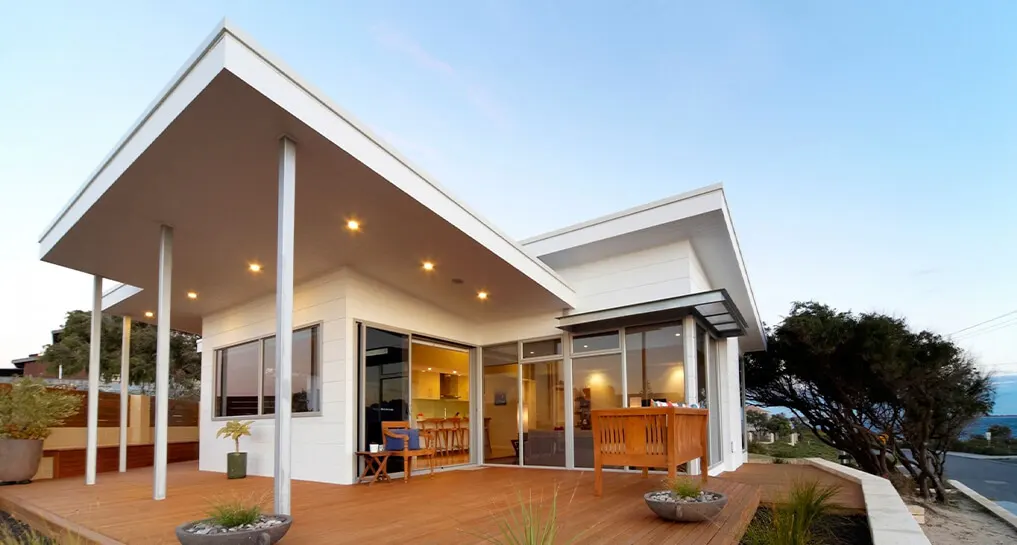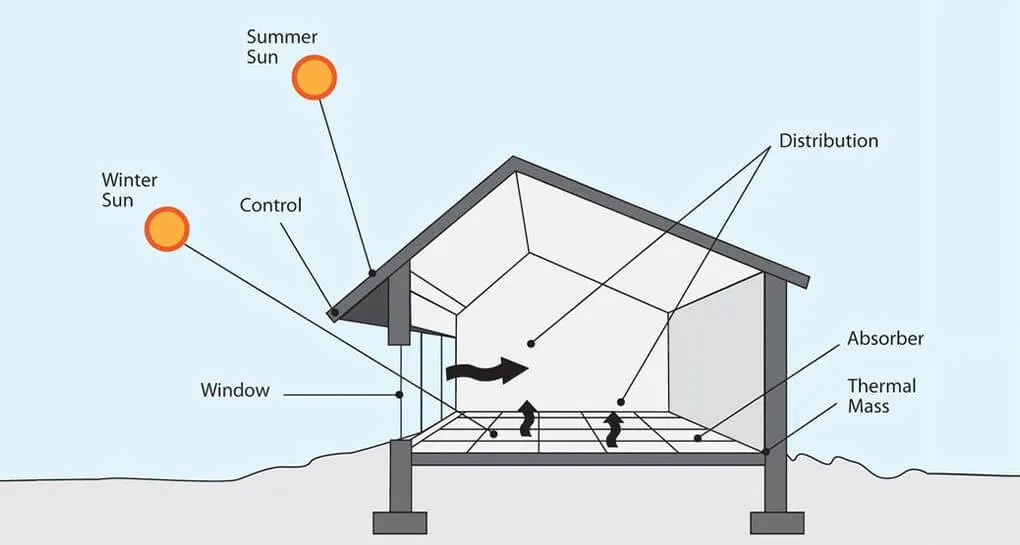
Harnessing the Sun: The Marvels of Passive Solar Homes
In a world striving to minimize its carbon footprint and embrace sustainable living, the concept of passive solar homes has gained significant attention. These architectural wonders seamlessly blend innovative design principles with the inherent power of the sun to create energy-efficient, comfortable, and eco-friendly living spaces. Imagine a home that not only provides shelter but also harnesses the sun's energy to regulate temperature, reduce energy consumption, and contribute to a greener planet. Welcome to the realm of passive solar homes.
Understanding Passive Solar Design
At its core, passive solar design leverages the sun's energy for heating and cooling purposes without relying on mechanical or electrical systems. By skillfully integrating architectural elements, building materials, and natural processes, these homes can maintain a comfortable indoor environment throughout the year.
The Elements of Passive Solar Homes
Orientation
The orientation of a passive solar home is crucial. Typically, the longer sides of the house face south and north, with the main living areas on the southern side. This strategic orientation maximizes the exposure to the sun's path and facilitates efficient energy capture.

Glazing
Large windows and glazing on the southern side allow sunlight to enter the home. These windows act as 'solar collectors,' trapping heat and creating a greenhouse effect. Adequate insulation and thermal mass help store and distribute this heat throughout the day.
Thermal Mass
Thermal mass refers to materials that can absorb, store, and release heat slowly. Common thermal mass materials include concrete, brick, stone, and tile. They help regulate indoor temperature by absorbing excess heat during the day and releasing it at night when the temperature drops.
Overhangs and Shading
While maximizing solar gain is important, avoiding overheating during the summer is equally crucial. Overhangs, pergolas, or shading devices are strategically placed to block direct sunlight during the hottest months, preventing excessive heat buildup.
Natural Ventilation
Passive solar homes often feature a well-thought-out ventilation system. This allows for the controlled movement of air, aiding in heat distribution, and maintaining indoor air quality.

Benefits of Passive Solar Homes
Energy Efficiency
The reduced need for mechanical heating and cooling systems translates to lower energy consumption. This not only leads to financial savings but also lessens the demand for fossil fuels, thereby reducing greenhouse gas emissions.
Comfort
Passive solar homes provide consistent and comfortable indoor temperatures year-round. Say goodbye to drafts and temperature fluctuations common in traditional homes.
Sustainability
Embracing passive solar principles contributes to a sustainable lifestyle. By reducing reliance on non-renewable energy sources, these homes play a significant role in environmental conservation.
Financial Savings
Although the initial investment might be higher due to specialized design and materials, passive solar homes offer substantial long-term savings through reduced utility bills and maintenance costs.
Resilience
Passive solar homes are often well-insulated and designed to withstand various weather conditions, making them more resilient to extreme temperatures and power outages.
The Future of Passive Solar Design
As the world faces the challenges of climate change and dwindling natural resources, passive solar design offers a glimpse into a more sustainable future. Architects and builders are continually refining passive solar techniques, integrating modern technology, such as smart home systems and advanced glazing materials, to further enhance the efficiency and comfort of these homes.
In a world where innovation and environmental responsibility go hand in hand, passive solar homes stand as a shining example of how architecture can be harnessed to create harmonious living spaces that respect and harness the power of the sun. By embracing passive solar principles, we move closer to a future where homes not only provide shelter but also contribute to the healing and preservation of our planet.
